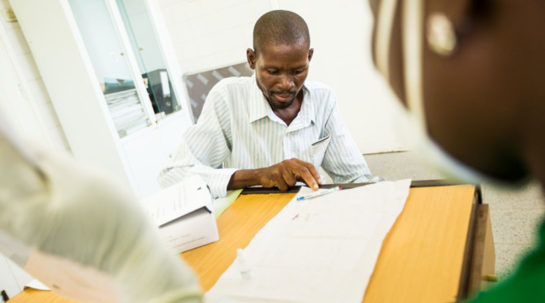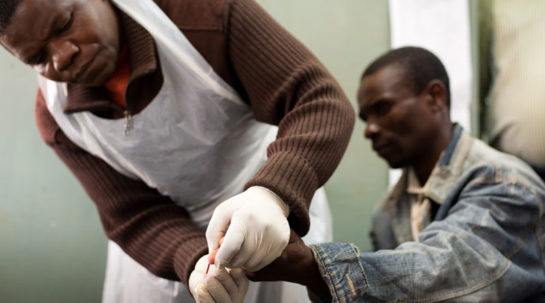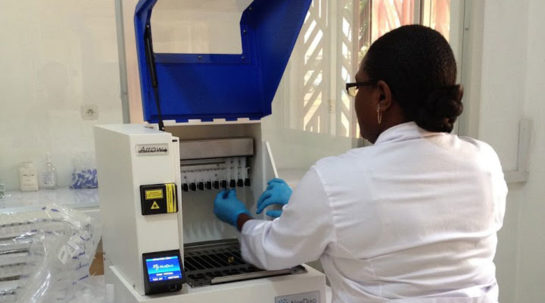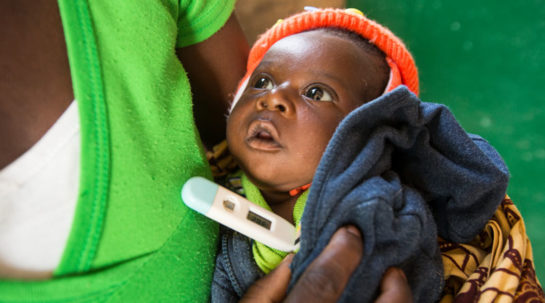Faster test results to save lives
Innovative ways of testing are helping make more people aware of their HIV status. State-of-the-art rapid diagnostic tests (RDTs), once only available in major healthcare facilities, are being incorporated into local healthcare centers, and even into remote, low-resource environments, to provide same-day results; patients can learn their status and, if necessary, begin antiretroviral treatment in the same appointment. The rapid tests replace weeks- or months-long ordeals of transporting specimens to central laboratories for processing, a time-lag that very often costs lives. Another strategy, self-testing, is being adopted by more and more countries, having proved effective in reaching people who live far from clinics or prefer to test themselves in private.
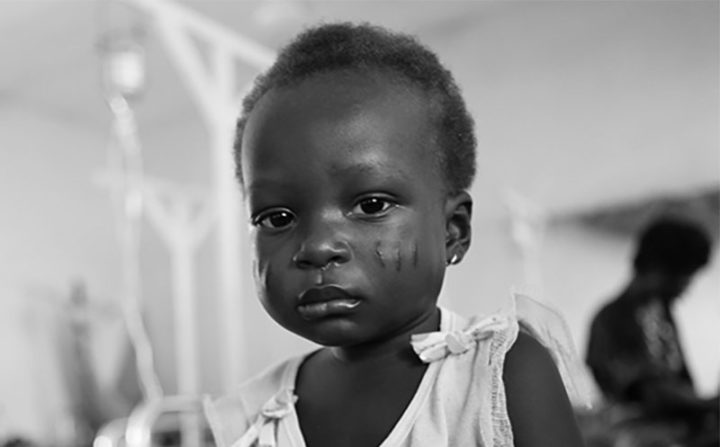
By the numbers
-
75%
Percentage of people living with HIV who know their status (2017)
-
1.8 million
New infections in 2017. At the epidemic's peak in 1996, there were 3.4 million new infections.
-
16
Countries with self-testing programmes as of 2016
-
59
Countries with self-testing programmes as of 2018
Why is Unitaid investing in HIV diagnostics?
Diagnosis is the first step toward getting treatment or preventive care. The global health community has set three major targets for 2020 that are designed to end the AIDS epidemic by 2030. The first of these is to make 90 percent of people living with HIV aware of their status.

